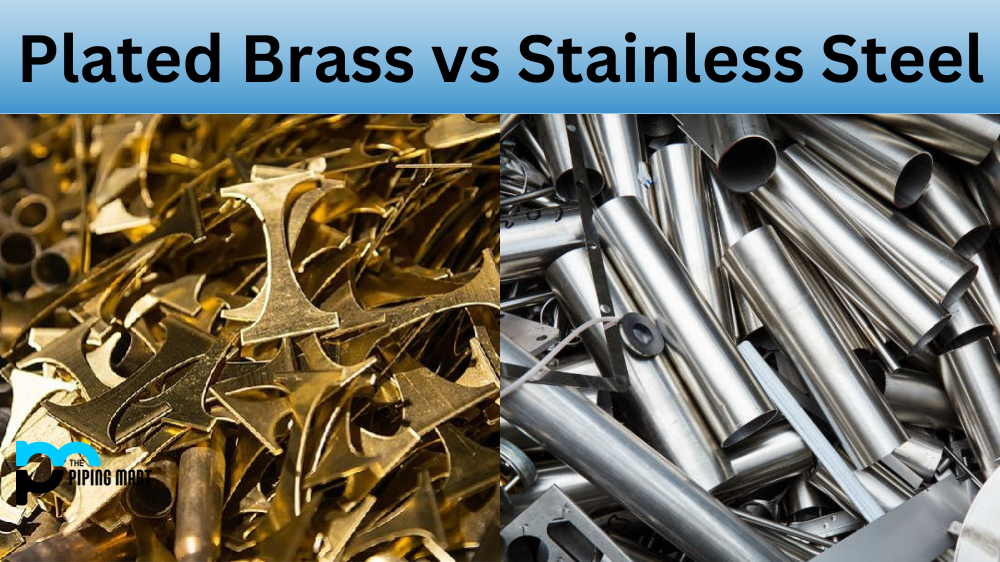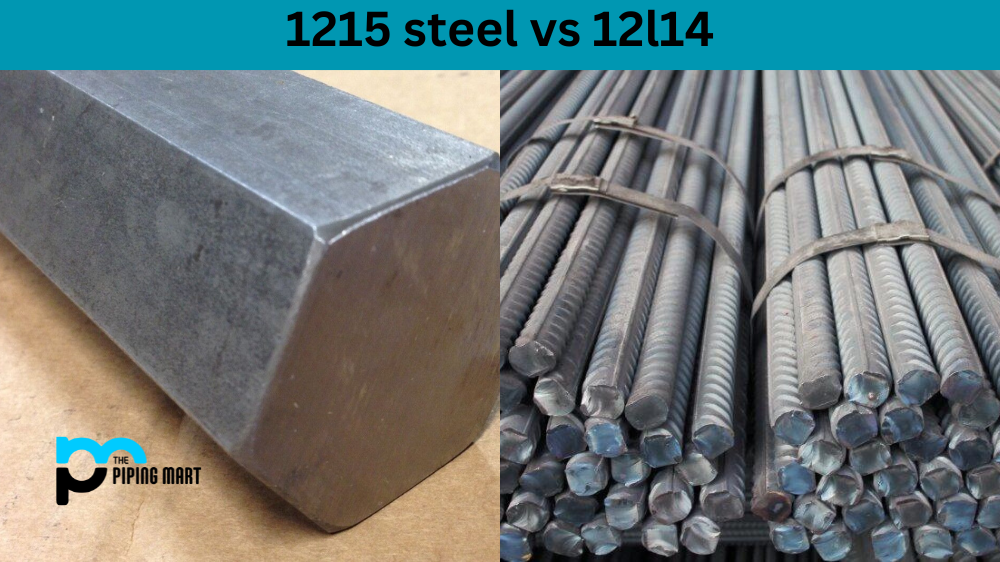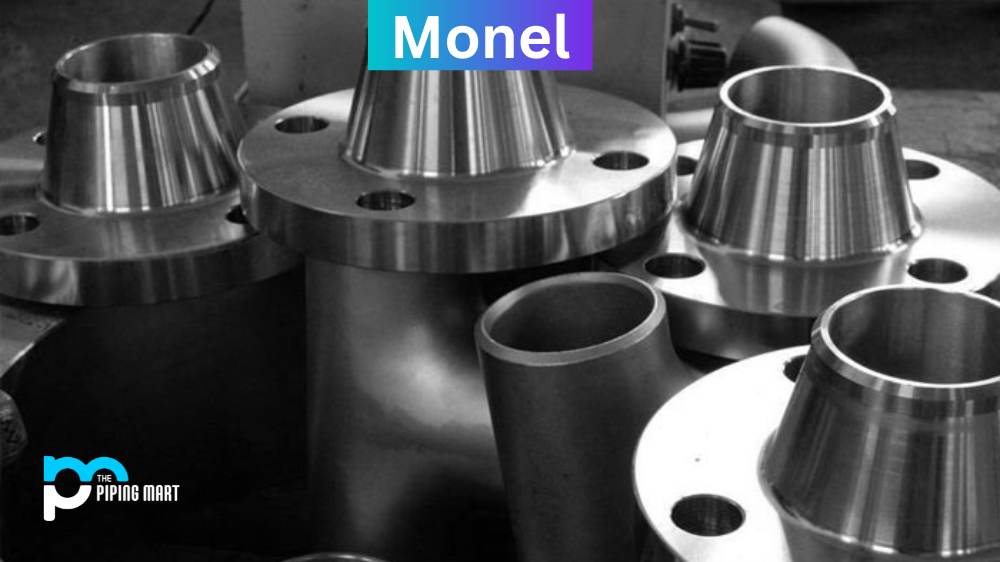In the world of heavy engineering, pipes made of steel are quite common. Steel pipes offer several benefits and are preferred over other materials. However, choosing the right grade for your project can take time and effort, especially regarding SA 333 and SA 106. While both these grades are steel pipes, they have different properties, which make them suitable for specific applications. Here’s everything you need to know about SA 333 and SA 106 to decide on your upcoming project.
What is SA 333?
SA 333 grade steel pipes are low-temperature pipes used for applications where temperatures drop as low as -50°F (-45°C). These pipes have excellent toughness even at low temperatures, making them suitable for industries with common exposure to nitrogen, oxygen, and argon elements. SA 333 pipes are specifically formulated to resist brittle fracture in low temperatures. They have seamless construction and are available in various types like A333 Grade 1, A333 Grade 3, etc. Each type has different properties, and you must choose one that suits your project needs.
What is SA 106?
SA 106 pipes are widely used in the oil and gas industry. High-temperature pipes can sustain temperatures up to 850°F (450°C). These pipes have excellent corrosion resistance and can be used in high-pressure environments. SA 106 steel pipes come in grades like A106 Grade B, A106 Grade C, etc. Your choice of SA 106 grade will depend on several factors, such as your project’s temperature, pressure, and corrosion resistance requirements.
Difference Between SA 333 and SA 106
Choosing between SA 333 and SA 106 grade steel pipes depends on the specific needs of your project. If you are looking for pipes that can withstand low temperatures and resist brittle fractures, then SA 333 is the best choice. On the other hand, if your project requires high-temperature pipes with excellent corrosion resistance, then SA 106 is the way to go. It is also important to consider factors such as pressure and environmental conditions while choosing.
Price
Another factor to consider while choosing between SA 333 and SA 106 is their price. As SA 333 pipes are formulated to withstand low temperatures, they require a specialized manufacturing process, which makes them more expensive than SA 106 pipes. However, if your project demands SA 333, the additional cost is worth it.
Chemical Composition
One of the most important differences between SA 333 and SA 106 is their chemical composition. SA 333 contains carbon, manganese, phosphorus, sulfur, silicon, chromium, molybdenum, and vanadium, while SA 106 only contains carbon and manganese. This difference in composition gives each grade different properties that make them more or less suitable for certain applications.
Tensile Strength
SA 333 has a higher tensile strength than SA 106. This means it can better resist being pulled apart by forces acting on it. This makes it more suitable for high-stress applications such as boilers and pressure vessels.
Yield Strength
SA 106 has a higher yield strength than SA 333. This means that it is better able to resist deformation under load. This makes it more suitable for applications where parts are subject to repeated loading, such as pipelines.
Elongation
SA 106 has a higher elongation than SA 333. This means it can better resist being pulled apart by forces acting on it. This makes it more suitable for high-stress applications such as boilers and pressure vessels.
Impact Resistance
SA 106 has a higher impact resistance than SA 333. This means it can better resist being damaged by forces acting on it. This makes it more suitable for applications where parts are subject to repeated loading, such as pipelines.
Conclusion
When it comes to choosing between SA 333 and SA 106 grade pipes, it all depends on the specific needs of your project. Both these grades have different properties and are suitable for specific applications. While SA 333 is an excellent choice for low-temperature applications, SA 106 is ideal for high-temperature environments. It is important to consider factors like pressure, temperature, corrosion resistance, and price. We hope this guide helps you decide on your upcoming project.
Sakshee is a talented blogger, with a particular focus on the Business and Metal Industry. She is passionate about sharing her insights on various metal products and helping professionals to make a better decisions.




